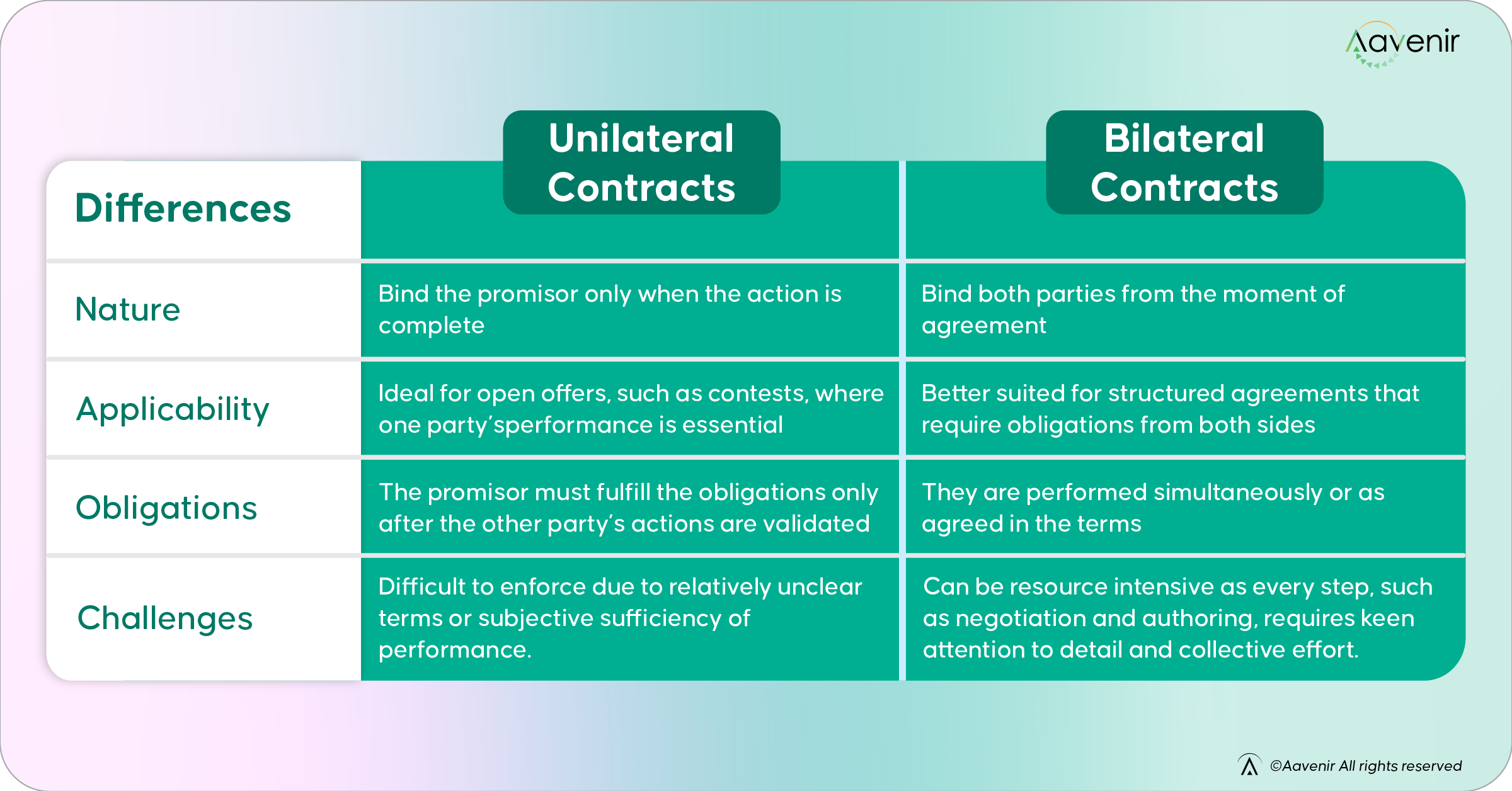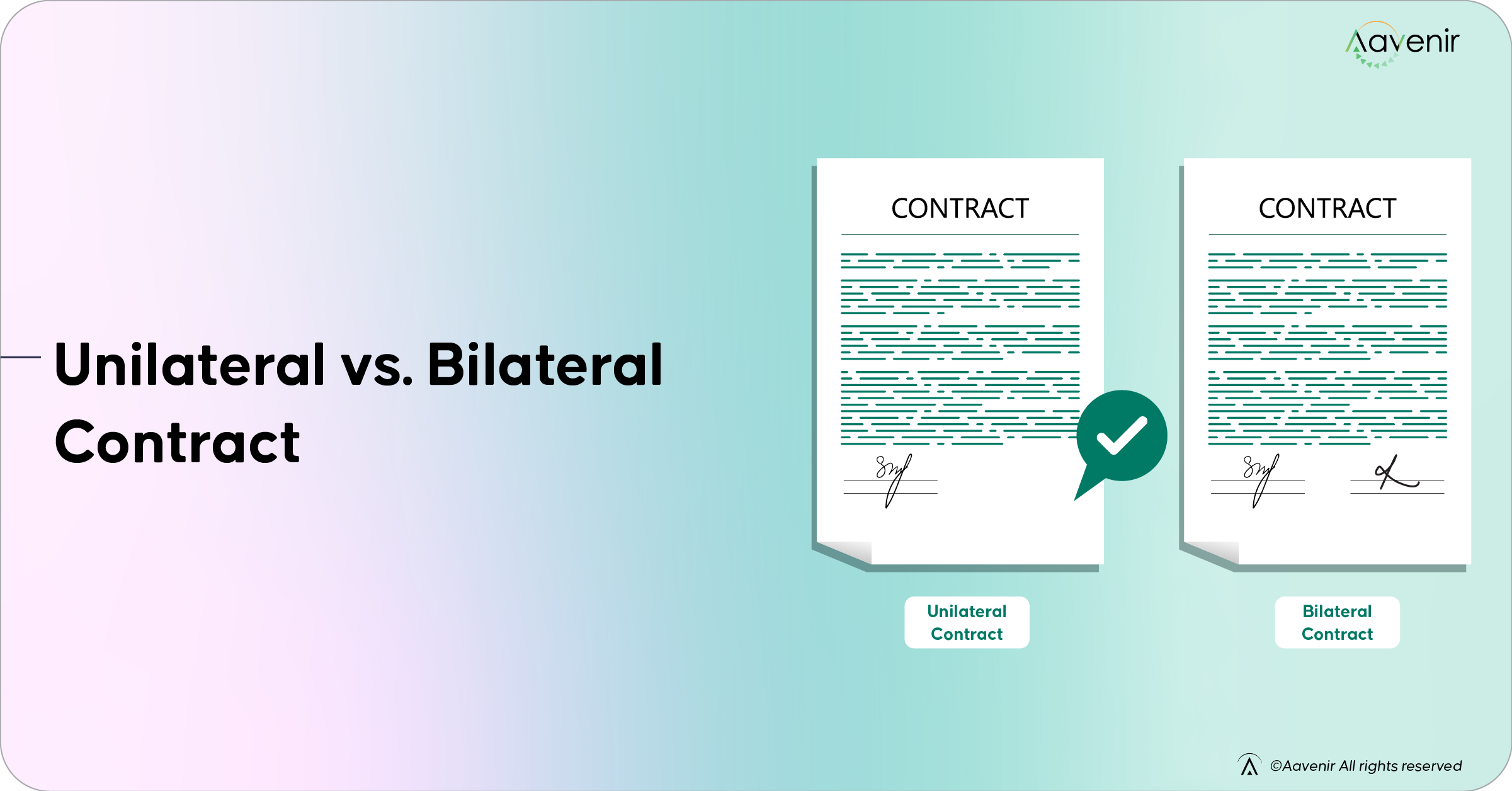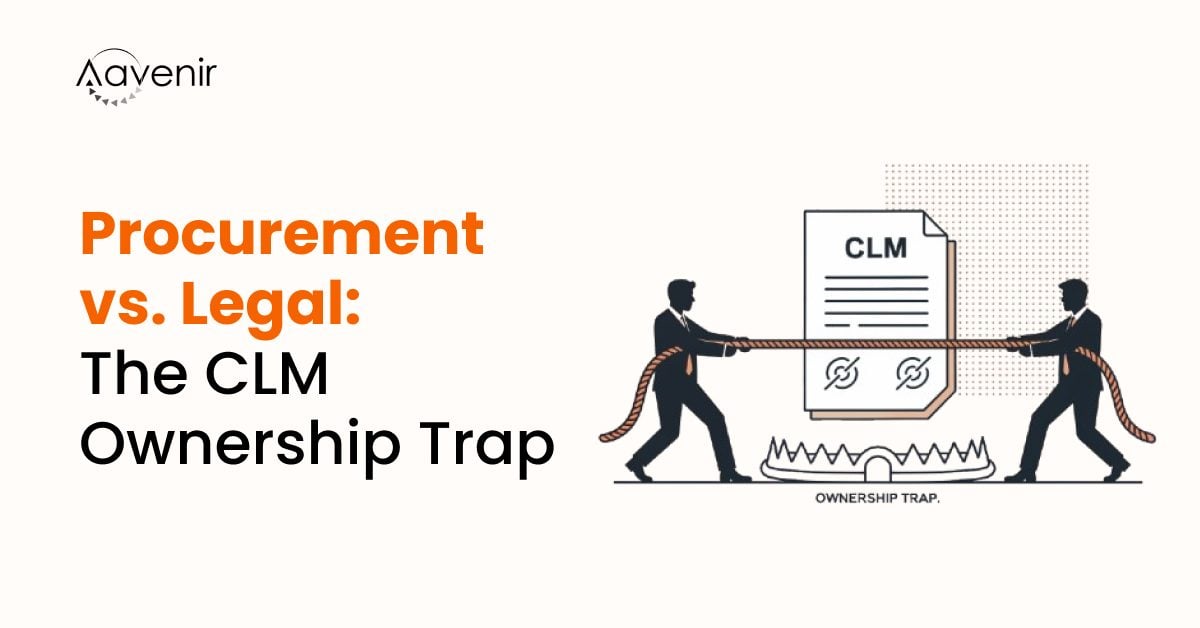Contracts are legally binding documents highlighting the rights and obligations of the parties involved in various transactions. One effective way to classify contracts is by dividing them into two types: unilateral and bilateral.
Understanding the key difference between unilateral and bilateral contracts is vital for ensuring compliance, securing legal rights, and preventing contract disputes.
This article will examine unilateral and bilateral contracts and their key differences to help you navigate contractual relationships more effectively.
What Are Unilateral Contracts?
A unilateral contract is a one-sided agreement where one party promises to fulfill an obligation once the other party performs a specific act.
Some common unilateral contract examples include:
- SaaS bug bounty programs: Brands reward users who find issues with their software solution. The contract is activated when a user reports a legitimate bug, holding the company accountable for fulfilling the reward promise
- Life insurance policy: The insurer upholds the promise of paying the lump sum when the insured passes away, provided the premiums are paid
- Refer a friend: Businesses frequently reward customers with discounts, extra features, and coupons when they bring in new buyers
- Money-back guarantee: Various companies offer refunds if customers are dissatisfied with their purchase. The unilateral contract, in this case, is activated if the specific act — claiming dissatisfaction — is performed
Here, the entity (person or organization) that offers the reward is called the promisor, and the entity that performs the relevant act, thereby accepting the contract, is the acceptor.
The key characteristics of unilateral contracts are:
- Single obligation: The promisor is legally bound only when the specific act is completed
- Action-oriented agreement: The acceptor can effectively ‘sign’ the contract by performing the specific act
- Clarity in terms: Unilateral contracts clearly explain what needs to be done and the reward offered
Enterprises leverage unilateral contracts when incentivizing actions that don’t require upfront commitment from the acceptor. Examples include social campaigns, online contests, or performance-based reward systems (sales bonuses).
The primary benefits of unilateral contracts are:
- Flexibility: Acceptor’s agreement is voluntary. This reduces the risk for the promisor.
- Targeted goals: Nudges acceptors toward well-defined objectives
- Promote competition: Potential acceptors would be motivated to complete the task more efficiently for the reward
- Cost-effectiveness: The reward is given, or the promise is fulfilled only when the conditions are sufficiently met
What Are Bilateral Contracts?
Bilateral contracts are agreements where both parties make legally binding promises to perform specific actions. These particular actions are also known as obligations.
An example of a bilateral contract is a vendor-client deal, where the vendor promises to deliver products, and the client agrees to pay. Unlike unilateral contracts, the agreement to pay upon delivery is finalized before the products are delivered.
The key traits of bilateral contracts include:
- Mutual obligations: Both parties are legally bound to fulfill promises
- Exchange of consideration: Each party brings something of equivalent value
- Immediate binding: Obligations become legally binding when the parties agree to the terms
Large organizations and enterprises use bilateral contracts to secure terms in partnerships, services, or procurement agreements. For instance, a SaaS provider agrees to deliver software of a certain standard for subscription fees.
Another example would be employment contracts between a company and its employees.
Bilateral contracts are advantageous because they offer:
- Clarity and certainty: Well-defined clauses reduce ambiguity in expectations, minimizing the likelihood of conflicts
- Legal protections: Both parties’ interests are secured by the regulations of the relevant jurisdictions
- Efficiency: Bilateral contracts, due to the details they contain, help streamline operations
Unilateral vs Bilateral Contracts: Key Differences

The main difference between unilateral and bilateral contracts is in their structure. They also differ in obligations and applications. Recognizing these variations will help companies select the appropriate type for a particular business scenario.
1. Nature
Unilateral contracts bind the promisor only when the action is complete.
Bilateral contracts bind both parties from the moment of agreement.
2. Applicability
Unilateral contracts are ideal for open offers, such as contests, where one party’s performance is essential.
Bilateral contracts are better suited for structured agreements that require obligations from both sides, such as service requests.
3. Obligations
In unilateral contracts, the promisor must fulfill the obligations only after the other party’s actions are validated.
Obligations in bilateral contracts are performed simultaneously or as agreed in the terms.
4. Challenges
Unilateral contracts may be difficult to enforce due to relatively unclear terms or subjective sufficiency of performance.
Bilateral contracts can be resource intensive as every step, such as negotiation and authoring, requires keen attention to detail and collective effort.
Manage Unilateral and Bilateral Contracts with CLM Software
Aavenir Contract Lifecycle Management (CLM) solution, Aavenir Contractflow, offers tools to streamline the entire lifecycle for unilateral and bilateral contracts.
The industry-leading unified CLM can help enterprises easily manage unilateral and bilateral contracts with capabilities such as:
- Contract authoring and standardization: Create pre-approved templates and clause libraries to quickly draft unilateral or bilateral contracts
- AI-enabled assistant: Offload time-saving tasks such as extracting metadata, analyzing contract performance, and evaluating clauses to AI
- Collaboration: Aavenir Contractflow is a unified platform where all stakeholders can review agreements, negotiate terms, etc., streamlining the workflow
- Workflow automation: Expedite approval, renewal, and amendment processes by creating custom rule-based workflows on Aavenir Contractflow
With Aavenir Contractflow, enterprises can streamline CLM processes related to unilateral and bilateral contracts, such as authoring, collaboration, and execution, ensuring efficiency and compliance.
Interested to see how Aavenir can transform your CLM workflow?
Contact us today to see Aavenir Contractflow in action—Book a demo today!
Frequently Asked Questions
1. What are the main differences between unilateral and bilateral contracts?
Unilateral contracts involve one party making a promise accepted through the other party’s action. Bilateral contracts involve mutual promises where both parties are obligated from the start. The former hinges on performance, while the latter depends on agreement.
2. How can contract management teams identify whether a contract is unilateral or bilateral?
Examine the obligations: unilateral contracts bind only the promisor after the other party acts. Bilateral contracts bind both parties through mutual promises. Reviewing the contract’s terms and conditions clarifies its nature.
3. What is an example of a unilateral contract?
A reward offer is a typical example. For instance, a company offering a bonus to employees for completing a specific milestone creates a unilateral contract, as the reward is granted only upon performance.
4. What is an example of a bilateral contract?
A typical bilateral contract is a service agreement where a vendor agrees to provide services, and the client agrees to pay for them. Both parties are bound by their respective promises.
5. What is a multilateral contract?
A multilateral contract requires three or more parties to agree to fulfill obligations. For example, a joint venture agreement between multiple organizations outlines each party’s roles, responsibilities, and benefits. Multilateral contracts are more complex than unilateral or bilateral contracts.



